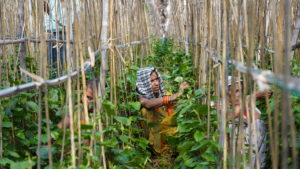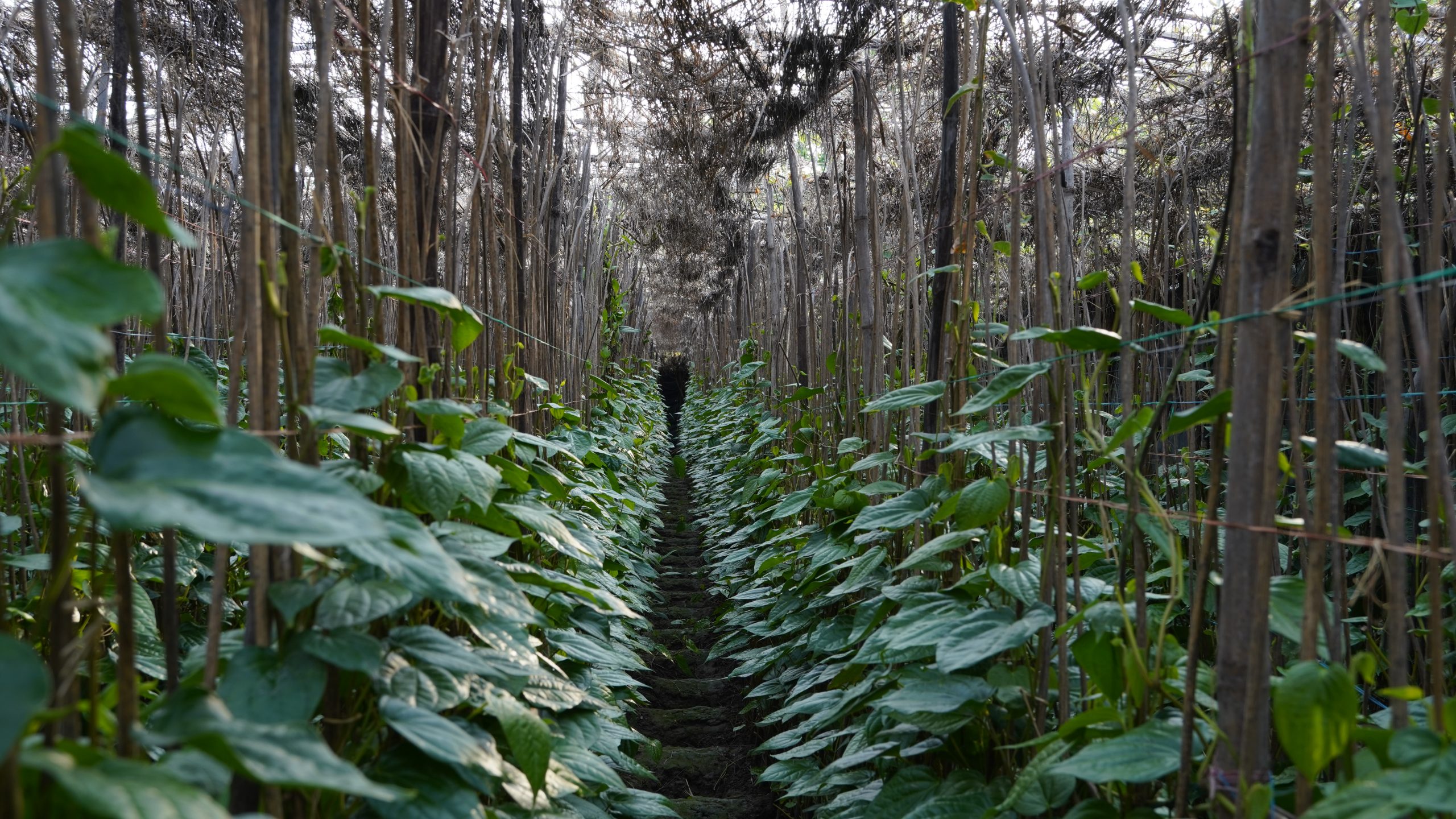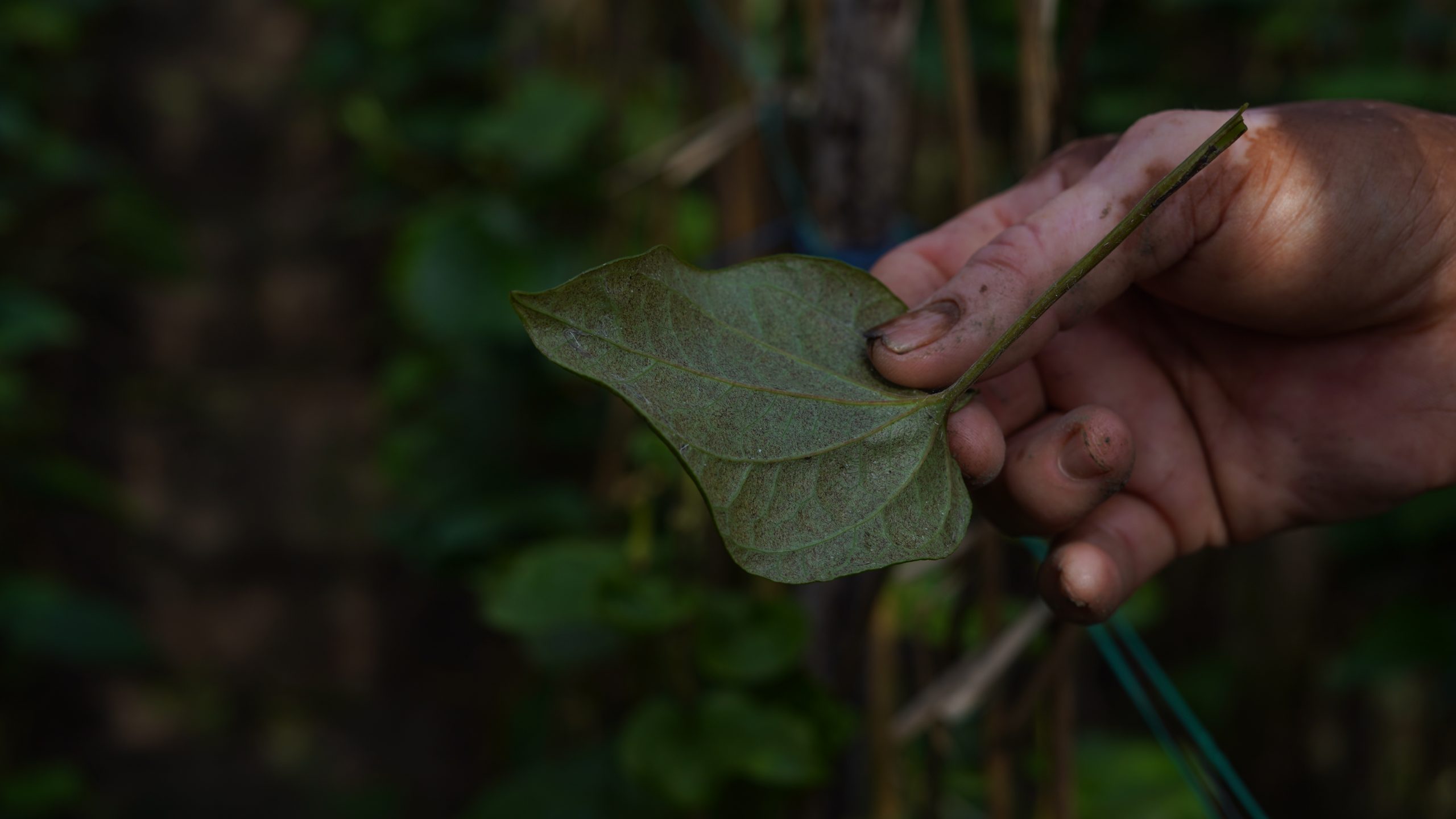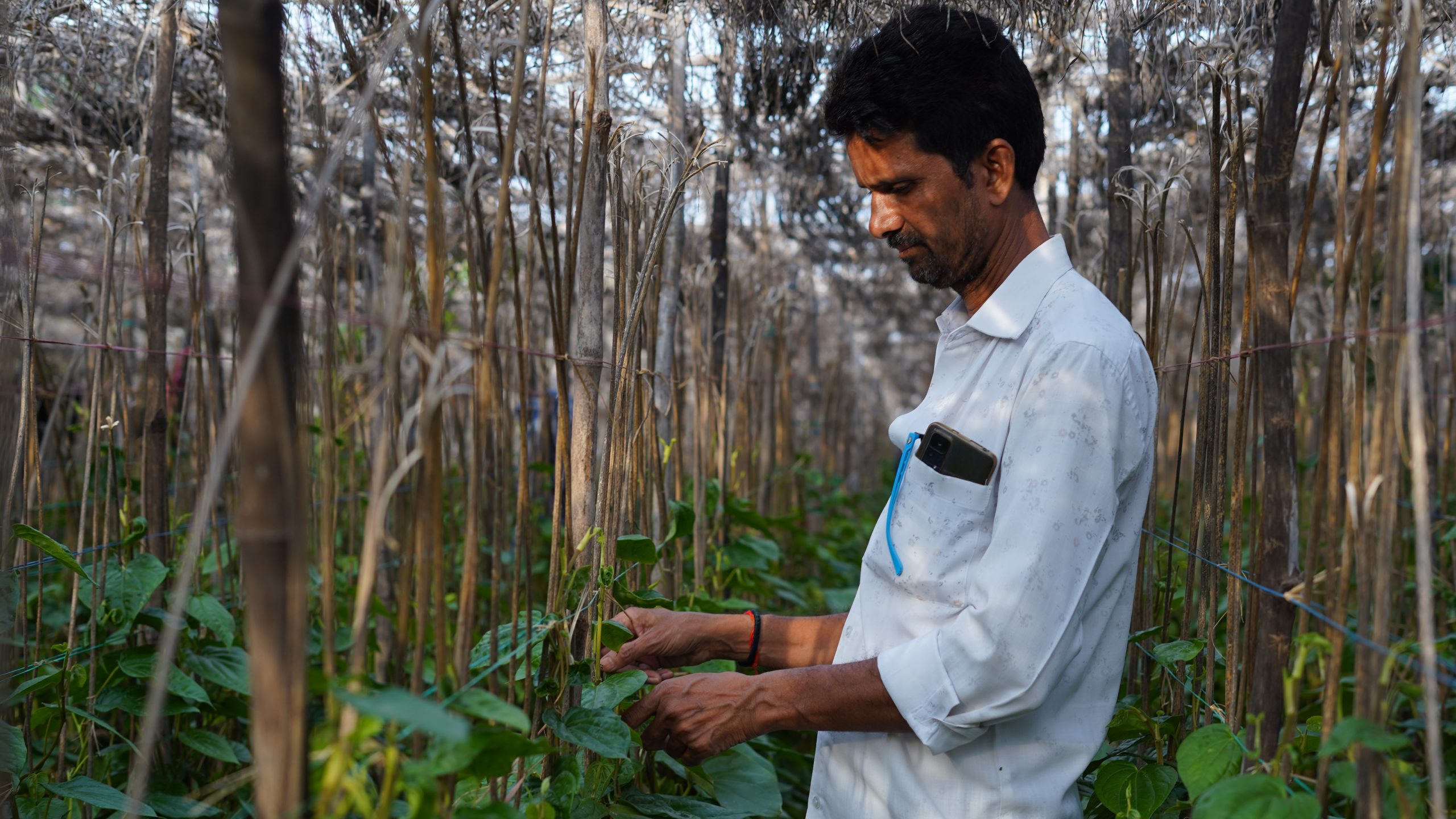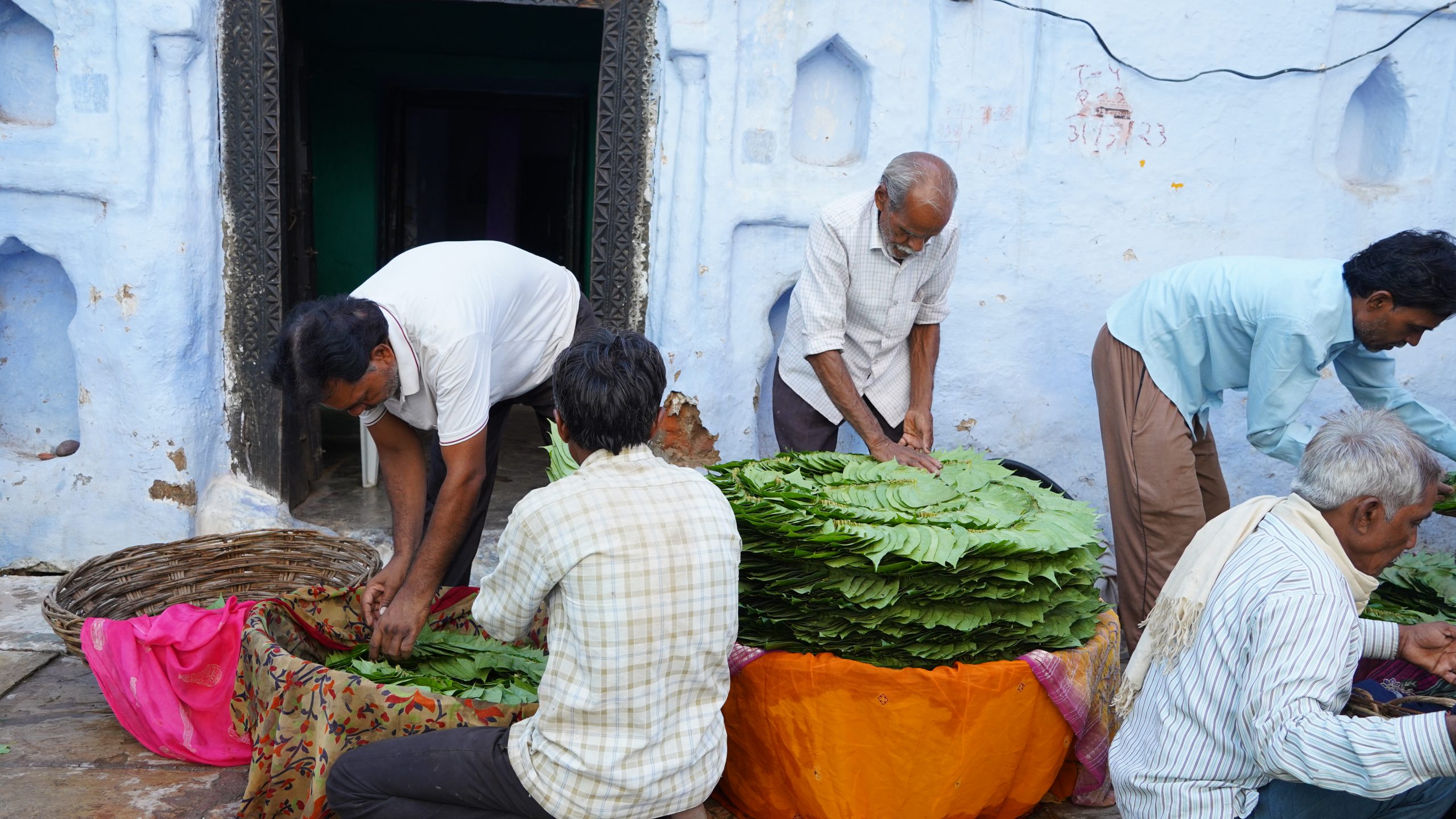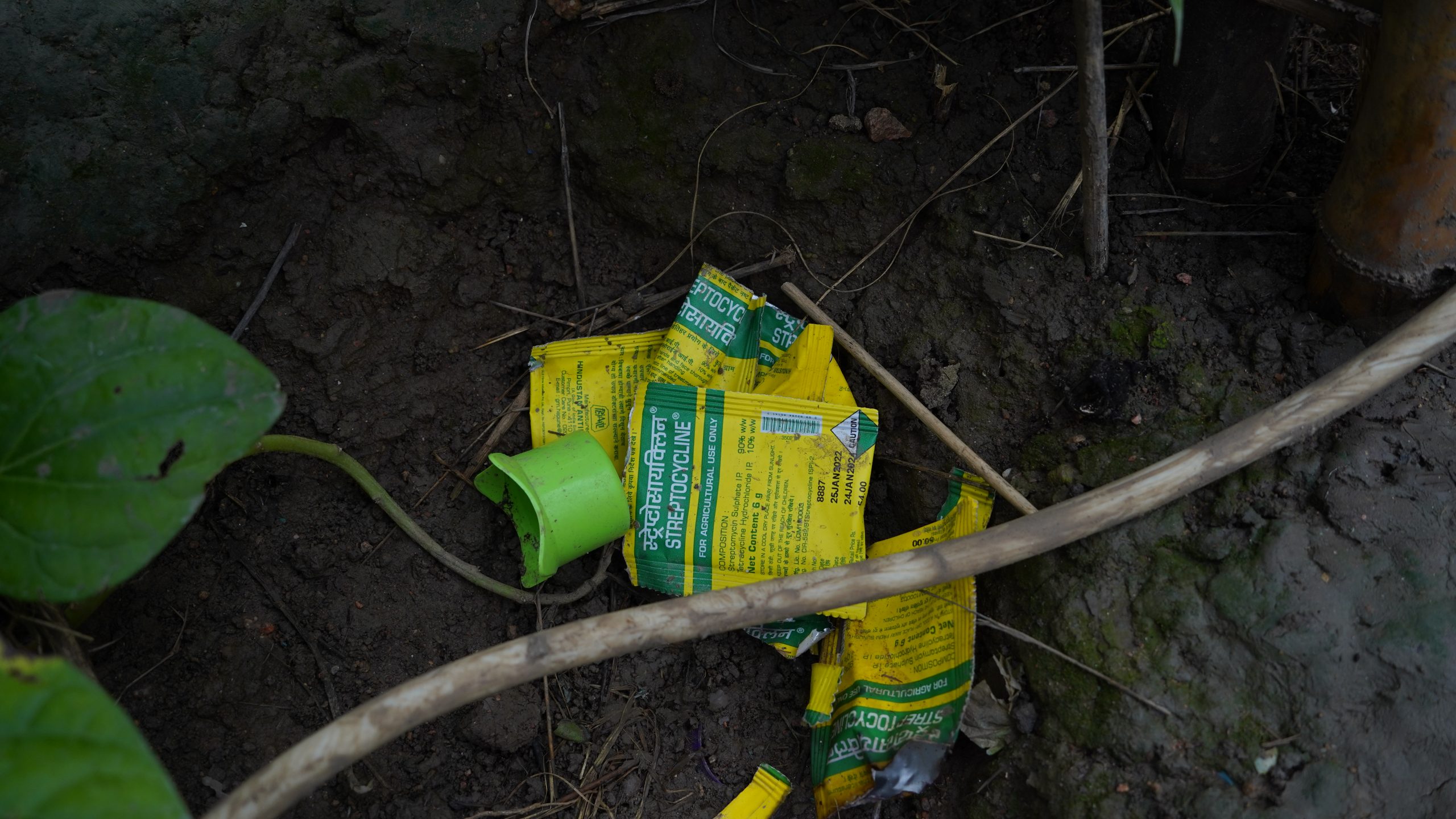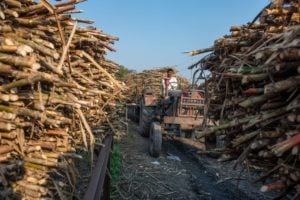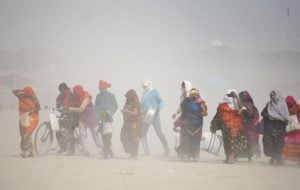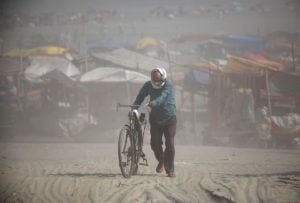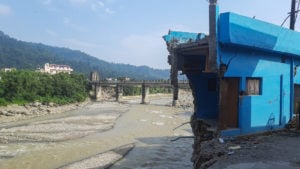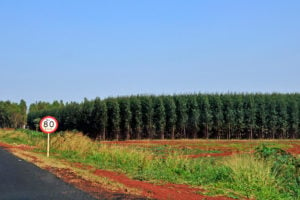Farmers across India are reporting that climate change is adversely affecting the quality of the betel leaf. The hugely popular plant, consumed by millions of people in South Asia, is struggling amid erratic rainfall and unusual temperature fluctuations.
The heart-shaped betel leaf – or paan, as it is known across South Asia – comes from the betel vine, an evergreen plant grown by scores of smallholder farmers across an estimated 50,000 hectares in the Indian states of Assam, Andhra Pradesh, Bihar, Gujarat, Odisha, Karnataka, Madhya Pradesh, Rajasthan, West Bengal, Maharashtra and Uttar Pradesh. The moisture found in the soil across these regions is conducive to betel leaf farming, an industry that has firmly established itself over recent decades.
In a 2022 paper published by the International Research Journal of Education and Technology, it was estimated that the annual turnover from betel leaf in India was approximately INR 10 billion (which converts to USD 120 million today). In the 2021-22 fiscal year, India exported USD 3.1 million worth of betel leaves. The cultivation and sale of betel leaf directly or indirectly provides employment opportunities to approximately 20 million people in India.
Eating betel leaf is extremely popular. The leaf is topped with various fillings ranging from betel nut and sugar to desiccated coconut. It is often eaten cold and chewed over a long period of time for a slow release of flavour. Although not harmful when consumed by itself, betel leaf is often eaten along with betel nut, a stimulant that is classified as a carcinogen by the World Health Organization.
The betel plant is a water- and labour-intensive crop, requiring close attention and specific climatic conditions. For healthy growth, the plant needs mild temperatures: approximately 10C in winter and 40C in summer. Fluctuations outside of these growing conditions severely damage the yield and quality of betel leaves.
Betel cultivation takes place inside a bareja: straw and grass structures initially developed by indigenous farmers. Barejas regulate insolation, temperature and humidity, while offering protection for the betel vine.
Betel market faces multiple threats
Betel cultivation has suffered a marked decline in India, due to a growing aversion to chewing paan and rising labour costs. However, Ramsewak Chaurasia, a former scientist at the National Botanical Research Institute in Lucknow, also attributes the decline of betel leaf cultivation to extreme weather events.
“Up until the early 2000s, around 550 to 600 farmers used to cultivate betel in over 200 acres of land [in Mahoba]. This cultivation area has now been reduced to 20 acres, with just some 150 farmers cultivating betel,” Chaurasia tells The Third Pole. He says farmers have slowly shifted to other crops to maintain their income.
As the world warms and rainfall increases in South Asia, monsoons are becoming stronger and more difficult to forecast. The impact of such extreme weather events is also affecting betel leaf cultivation.
March 2022 was the hottest March in India since records began 122 years ago. This year, several Indian cities recorded temperatures higher than 44C – well above the 40C threshold for declaring a heatwave.
Sagar Islands study
Samiran Das, a scholar from Visva-Bharati University in the town of Santiniketan, West Bengal state, has studied the impact of a changing climate on betel farming. To overcome a lack of empirical, regional data regarding the impacts of climate change on the betel plant, Das chose to survey the perceptions of 80 betel leaf farmers across 16 villages in the Sagar Islands. Located in the coastal South 24 Parganas district, these islands are a popular cultivation spot in India’s most productive state for betel leaf.
Published in April 2023, Das’ research reveals a higher incidence of “black spots” and “chlorosis” (loss of chlorophyll) in recent years. It concludes that abrupt regional temperature fluctuations are behind this deterioration: “climate change isn’t manifested through distinct temperature rise, rather it’s in the form of fluctuation, which is much more detrimental to the productivity and quality of betel leaves.”
K Hima Bindu concurs with Das. A principal scientist at the Indian Institute of Horticultural Research, Bindu says controlling temperature and humidity are two important factors for effective betel leaf cultivation. “If the temperature is very high and water is a limiting factor, then it definitely impacts cultivation,” she says.
Displaced by cyclones
Aside from temperature fluctuations, Das says frequent storms have destroyed barejas. This forces farmers to abandon betel farming: “During the Aila Cyclone [2009] and the more recent Cyclone Yaas [2021], a lot of marginalised monoculture farmers lost their betel leaf crop. Hence, they shifted to wage labour.”
South 24 Parganas is India’s most cyclone-affected district. According to a SpringerLink study, the number of high-intensity cyclones hitting the country’s coastal states is rising. Among them, Odisha and West Bengal experience the most: between 2006 and 2020, 14 cyclones traversed West Bengal, severely impacting betel-growing districts such as South 24 Parganas, and East and West Midnapore.
Farmers of unique varieties report quality issues
Rajkumar Chaurasia, a 54-year-old farmer from the city of Mahoba, Uttar Pradesh, walks along the narrow lanes between his betel creepers and carefully inspects new leaves. “If it had not rained in April and early May, the betel vines would have been thicker [healthier]. The leaf would have been bigger,” he says.
Chaurasia has cultivated betel in Mahoba for over 30 years, but he is now one of only a few such farmers left in the area. He remembers Mahoba’s betel heyday, fuelled by its popular and unique indigenous betel leaf variety, the desawari. The variety was added to India’s Geographical Indications (GI) Registry in 2021 for its unique fibreless and crispy texture and sweet taste.
The Indian Meteorological Department (IMD) reported excess rainfall in Uttar Pradesh during April and May, while in January, it recorded unusually low regional temperatures. “In the last winter [2023], the temperature dipped to 2C. The betel leaves can only tolerate up to 6C; we suffered huge losses,” explains Chaurasia. The scientist Ramsewak Chaurasia says the desawari variety is at risk of extinction in the next four to five years.
Samiran Das says the impacts of temperature fluctuations on betel crops are currently being softened by adaptive strategies, such as the use of fertilisers, soil treatments, and protective structures to better control ambient temperatures. However, he says this may not be a viable solution in the long term: “If these climate conditions persist, betel cultivation would experience climate change impacts more evidently in the coming years.”
